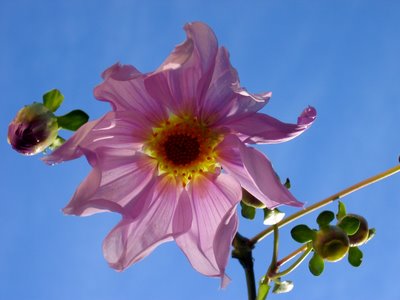
Aqua blue = FREEZE
Darker periwinkle blue = FROST
More weather info from the NOAA



Published 12:00 am PST Sunday, November 26, 2006
Story appeared in METRO section, Page B1

According to Luther Burbank the Russet Burbank was originated by a man inOddly enough, I didn't come across any mention of the netted gem's superior flavor. Well, I have been accused of being a bit of a "super taster", so maybe I'm picking up this subtle sweetness when to many, russets all taste the same. But wait, remember the elderly ladies? They found the netted gem too sweet for mashed potatoes. I'm not imagining this! I'd love more people to try the potato and report back. Any chefs or potato farmers or foodies reading this?
Denver, Colorado, who evidently selected a chance sport out of Burbank. Burbank
stated that, "These Burbank potatoes raised by Lon D. Sweet of Denver, Colorado,
have a modified coat in a way that does not add to their attractiveness. It is
said, however, that this particular variant is particularly resistant to blight,
which gives it exceptional value." Read more.
 A newly planted succulent bowl with babies from other bowls placed around the perimeter. Succulents root so easily that it's a shame not to take advantage of that fact. Even a single leaf dropped onto cactus mix will root and grow.
A newly planted succulent bowl with babies from other bowls placed around the perimeter. Succulents root so easily that it's a shame not to take advantage of that fact. Even a single leaf dropped onto cactus mix will root and grow. This particular hibiscus has done really well next to the house, under a lath patio cover. It still has buds and flowers since we haven't experienced any frost or freezes yet.
This particular hibiscus has done really well next to the house, under a lath patio cover. It still has buds and flowers since we haven't experienced any frost or freezes yet. My citrus has put on a nice flush of growth this fall.
My citrus has put on a nice flush of growth this fall. Despite the fact that I didn't plant any wildflowers this year,
Despite the fact that I didn't plant any wildflowers this year, I really like the dark burgundy-brown of the ornamental millet. Adds some drama to the overwhelmingly silver-grey and purple background.
I really like the dark burgundy-brown of the ornamental millet. Adds some drama to the overwhelmingly silver-grey and purple background. We've had our first couple of real rains of the season, so the seat cushions are no longer tied on. They come in and out of the house, depending on the forecast.
We've had our first couple of real rains of the season, so the seat cushions are no longer tied on. They come in and out of the house, depending on the forecast. Yes, I need to rejuvenate the chair planter with cool-season plants. This is the "before" picture.
Yes, I need to rejuvenate the chair planter with cool-season plants. This is the "before" picture. I'm really happy with how nicely this succulent bowl is filling in. The plant in the lower left, commonly called "pork and beans" develops a wonderful blush on the leaf tips and is a great one to share with friends. Roots from a single leaf dropped onto the soil surface.
I'm really happy with how nicely this succulent bowl is filling in. The plant in the lower left, commonly called "pork and beans" develops a wonderful blush on the leaf tips and is a great one to share with friends. Roots from a single leaf dropped onto the soil surface. I like the contrast between the decaying green, yellow and brown chinese ground orchid leaves and white lamium.
I like the contrast between the decaying green, yellow and brown chinese ground orchid leaves and white lamium. Nasturtiums are still doing their own thing. I started planting them a few years ago and now they happily return on their own.
Nasturtiums are still doing their own thing. I started planting them a few years ago and now they happily return on their own.
 My salvia leucantha is a big, sprawling beautiful beast right now. My echium is getting big but still hasn't bloomed and my princess flowers are finally getting bigger and blooming nicely. They got hit pretty hard by frost last year.
My salvia leucantha is a big, sprawling beautiful beast right now. My echium is getting big but still hasn't bloomed and my princess flowers are finally getting bigger and blooming nicely. They got hit pretty hard by frost last year. Need a couple more plants to conceal my lovely irrigation system. The nifty bamboo ladder was a $20 score from Emigh Hardware.
Need a couple more plants to conceal my lovely irrigation system. The nifty bamboo ladder was a $20 score from Emigh Hardware. Filling in with a little temporary color while deciding what this spot really wants to be when it grows up
Filling in with a little temporary color while deciding what this spot really wants to be when it grows up



 When I saw buds on my plants, I figured it'd be a good idea to apply some Fox Farm Tiger Bloom
When I saw buds on my plants, I figured it'd be a good idea to apply some Fox Farm Tiger Bloom